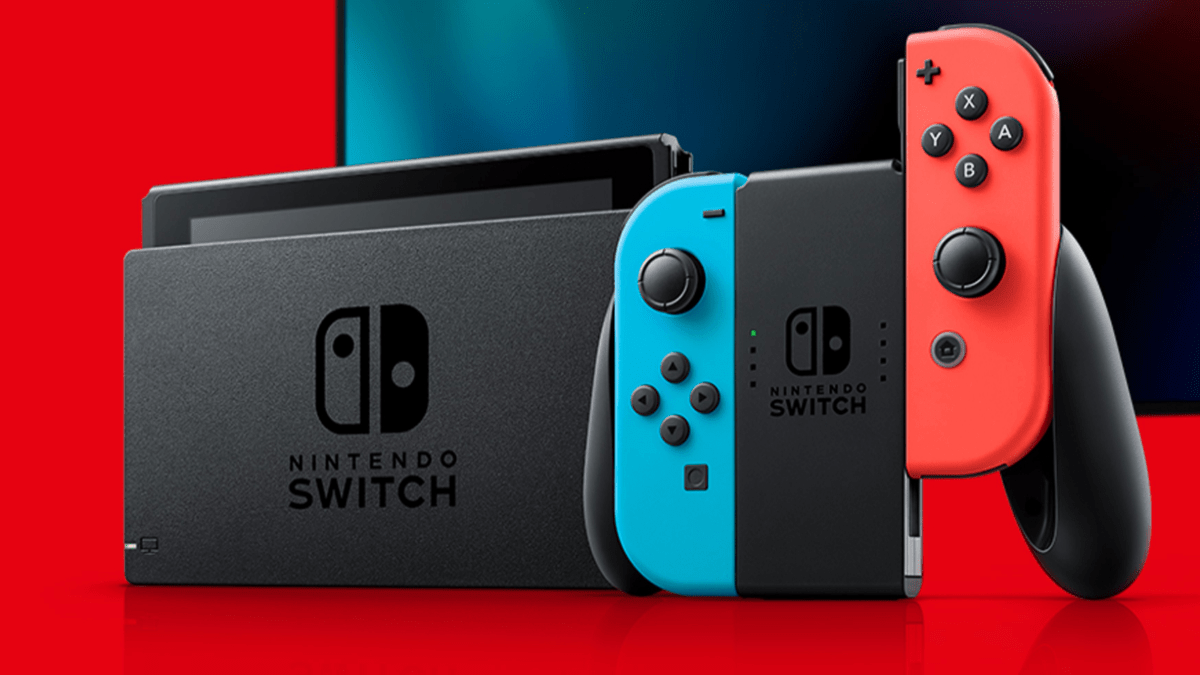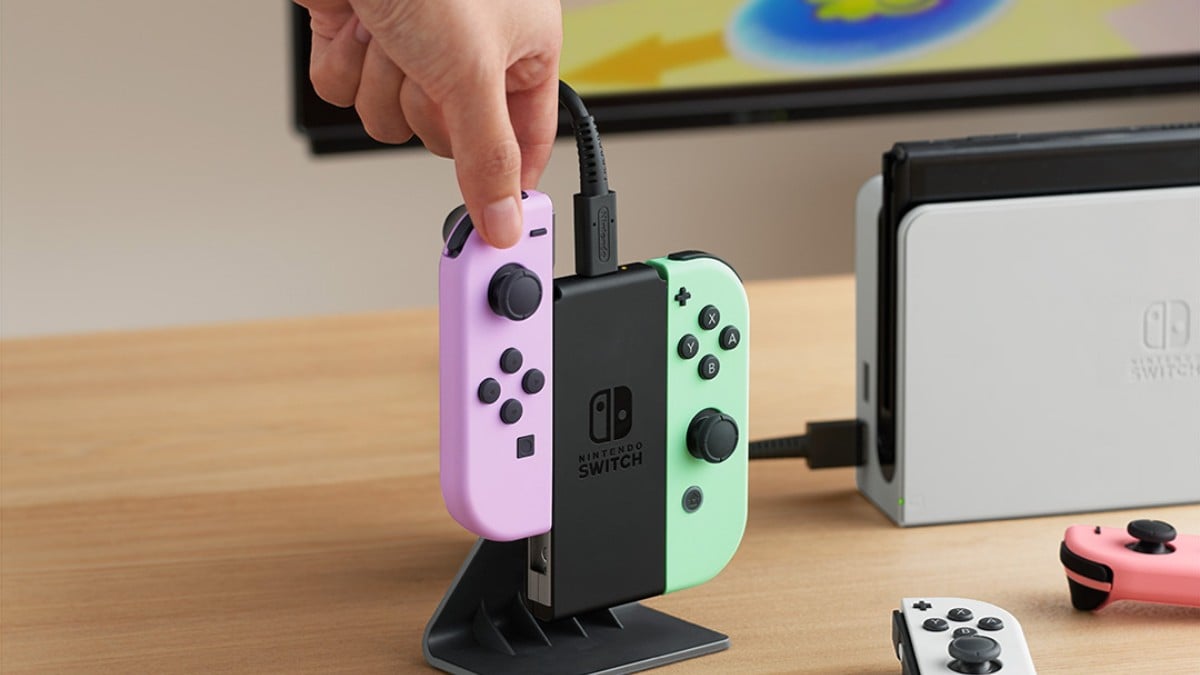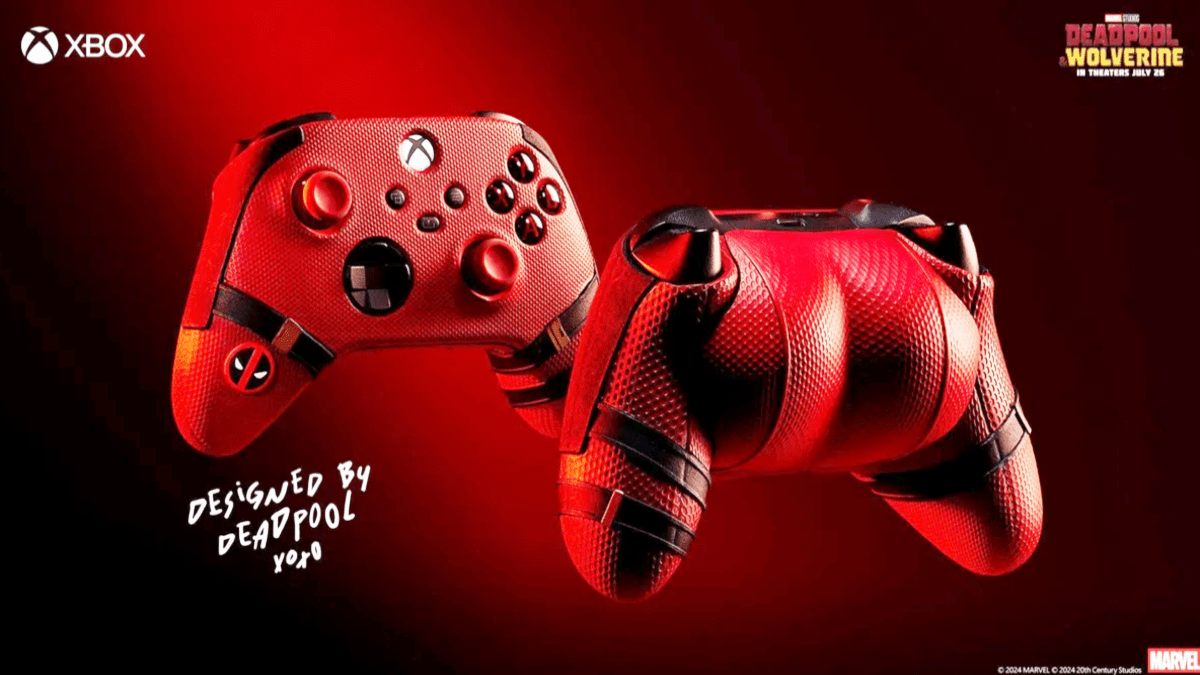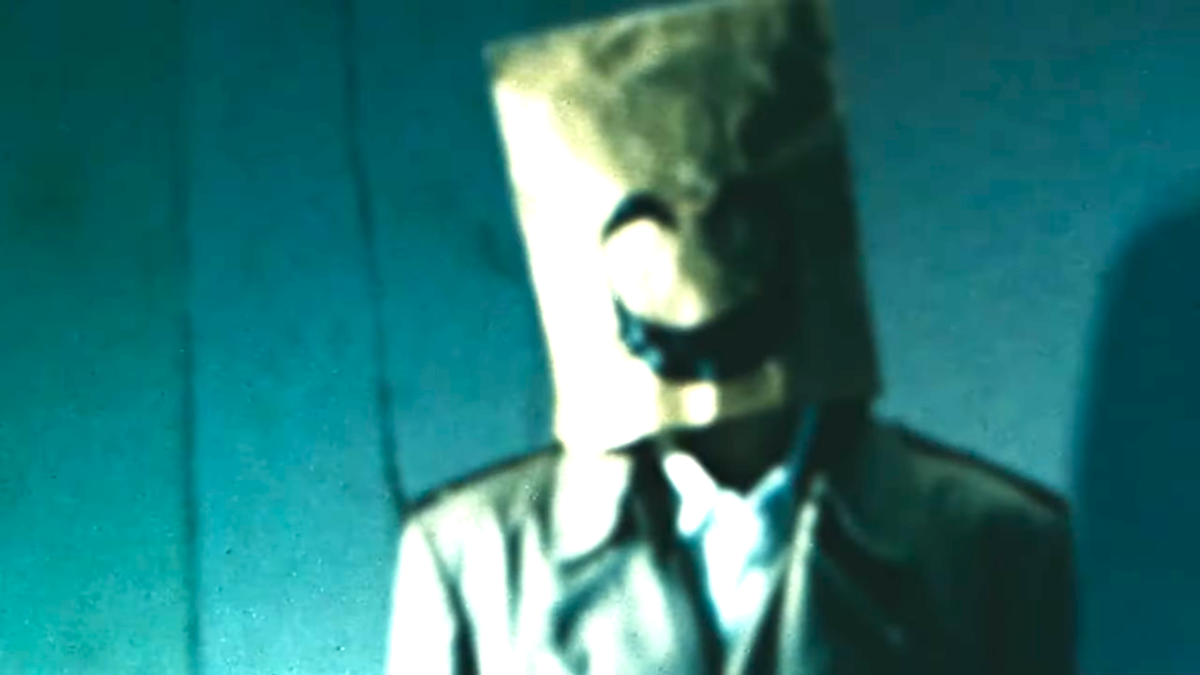
In a day and age where most of the world is simply waiting for the next Call of Duty or Grand Theft Auto, many fanbases have been abandoned or left waiting for a game to represent them on the retail shelves once more. JRPG fans are a testament to this. This console generation has seen a severe lack of worthwhile JRPGs on any console. Sure, there’s a ton of those anime-style games around, but very few get an American release, and even fewer of them are the kind of JRPG that fans of older games like Final Fantasy or Chrono Trigger would enjoy. Xenoblade acts as a shining beacon of hope to the JRPG community that we may not yet be forgotten.
Xenoblade Chronicles has certainly seen a rough journey. Originally only planned for release in the Land of the Rising Sun, then brought over to Europe and sparking a fan movement for an NTSC release in Operation Rainfall, Xenoblade may be one of the most inspiring games of this console generation, not only for proving that fans do still have a say in the video game industry, but for proving that an old game formula still works, even if you have to tweak it a bit.
Long ago, when the world was still young, there existed two titans: Bionis and Mechonis. These two giants met in battle, one fighting in the name of life, and the other fighting in the name of machines. The battle raged for centuries until they had both simply frozen in place. Eons later, life sprung on the bodies of both immobile titans. Life bloomed on the body of Bionis, with lush jungles, vast oceans and treacherous mountains, while machines were spawned on the body of Mechonis.
For many more generations afterwards, the inhabitants of the two titans have battled. The Homs (equivalent of humans) have defended themselves against the Mechon, fierce machines intent on destroying all life on Bionis.
We join the story following Shulk, a scientist who had been studying the Monado, an ancient blade said to hold unparalleled amounts of power. It is also said it’s the only way to defeat the Mechon, and can only be wielded by the heir to the blade.
On a sad day, a random Mechon attack destroys Shulk’s hometown of Colony 9. In the attack, his home and several villagers, including some close to Shulk, are either killed or kidnapped. Shulk learns that he’s able to use the Monado in combat, and uses it to defend what’s left of Colony 9. He vows revenge for all those killed in battle that day, and sets off on a journey to find a way to defeat the Mechon once and for all in the name of vengeance, flanked by his not-so-bright friend, Reyn.

Shulk learns that the Monado has also given him the ability to see future events, including both story related stuff and in battle.
Shulk and friends quickly come face-to-face with Mechon that have actual voices and faces, a first for the entire race of robots. These Mechon are much stronger than their smaller counterparts, and are seemingly invincible to even the Monado. Shulk must find a way to become stronger in order to defeat these greatest foes.
The tale that follows is one of exploration, friendship, fighting for what you believe in and uniting under a common cause. There are JRPG cliches left and right (if you couldn’t tell from the whole “village being destroyed at the beginning of the game” bit,) but it’s the little twists and turns that make this storytelling one of the greatest in video game history. There are more than a few moments where you’ll drop your jaw in awe at what transpires in front of you, either out of pure surprise with how a story twists or the unbelievable action scenes the game features. There have been a handful of moments where I physically spoke aloud to no one in the room “Man, that was cool.”
The game is massive, in every sense of the word. Aside from the story, which alone clocks in more time than likely any other game you have on your shelf right now, there are over 400 side quests. I’ll say that a few times more. 400 side quests. 400. Side quests. You’ll literally be drowning in stuff to do from the moment you finish the prologue. Had you ever wanted to play only one game for an entire year, Xenoblade makes a good case to actually keep you busy the entire time. Sure, most of the side quests are all simple things like destroying X amount of enemies or gathering X amount of supplies for a villager or finding someone’s lost wedding ring/sentimental toy/other important useless item, but they never feel intrusive because of this simplicity. The side quests do a great job of feeling present, but never distract you from the pressing matter of the story. Same couldn’t be said of games like Mass Effect.
The quests are simple to pick up. Like an MMO, you see NPCs living their lives in the overworld with an exclamation point over their heads. Talk to them, learn what they have to do, go do it, turn it in for cash, loot and XP. You may as well pick these up whenever you do, because there are plenty of opportunities you’ll finish a quest just going about destroying enemies or picking flowers. Several of these quests will turn themselves in automatically. You’ll also have plenty of things to collect from the local flora and fauna. Collecting all in a category or place unlocks special loot.

The MMO style transfers over to the combat as well. All the enemies are seen in real time on the map as you wander about. Approach one and lock onto it in order to begin a battle. Simple attacks will happen automatically when you’re in range, similar to Knights of the Old Republic, but special attacks adorn the bottom of your screen. These are called Arts. Each one has a special effect when executed with a specific requirement. Shulk’s Slit Edge lowers physical defense when attacking the enemy from the side, or Reyn’s Wild Down topples enemies suffering from Break. Each Art can be used when the best situation presents itself, and requires their own cooldown time before it can be used again.
You’ve also got tension to worry about. Depending on how your character’s face appears on your HUD will indicate your tension. This is a representation of morale, and higher amounts of tension allows for a greater chance in getting critical hits, or dodging enemy attacks. Tension goes up through being encouraged by allies or hitting Arts with the special conditions. Tension goes down with certain enemy attacks.
You’ve also got a battle gauge up top. The gauge is broken into three boxes. Use one section to revive a downed ally or warn them about an attack that you’ve foreseen. If you manage to build the gauge all the way up to the top by encouraging allies, defeating enemies and hitting special conditions, you can use a chain attack, and link attacks together between your party members for combos.
Under the hood of the combat is the XP, SP (skill points) and AP (art points.) XP raises your level and your stats. SP are used to build up abilities earned in each character’s skill trees, which might allow for a higher sell price for items at shops, boost strength when facing an enemy with a level higher than yours, or granting the ability to wear heavier armor, among other skills. AP is used to level up your Arts themselves, which usually provide a boost in efficiency through increased damage or effect duration or a lower cooldown time.
And of course, you’ve got your usual gear in the form of weapons and armor to equip on your party members. You can also insert gems into slots on certain equipment which give certain boosts or immunity, similar to the Materia system in Final Fantasy VII. You can craft these gems yourself by gaining ether crystals from enemies or deposits found lying around the world.

If the past five paragraphs entirely about the combat of the game didn’t give you a sense of it already, the combat is immensely deep. This is the kind of game where you’ll be assigning points and changing out gear constantly to suit your situation and make battle easier. This isn’t even adding into the fact that certain enemies might only respond to certain attacks, or you might have to draw larger enemies away from groups in order to pick them off one by one. This is the kind of thinking that signifies a great combat system in an RPG, thinking 18 steps ahead with how you’re configuring everything, and thinking constantly of strategy while actually in the heat of battle.
The atmosphere and art direction of Xenoblade is positively charming. Very few games encourage you to explore while giving you good reason and planting the desire to do so. It comes naturally here. Sure, you can follow that waypoint on your map and progress the story, but why do that when you can see what’s over on the cliff over there? Or see where that pack of animals is heading? Or head to the top of that mountain and see if there’s anything there? Simply traversing the environments is a treat, and will have players getting lost in the richly detailed world here.
The visuals are complemented by a stunning musical score fit for a game of this caliber. With legendary composers Yasunori Mitsuda (Chrono Trigger, Xenogears, Xenosaga,) and Yoko Shimomura (Kingdom Hearts) helming the music this time around, it’s not hard to see why the game can become so emotional. There have been a few occasions where I’ve simply left the game open, placing my characters in a safe spot just to listen to the music. The gentle, ambient music that plays while running across a peaceful field, the driving combination of orchestra and metal that plays during battles, the single violin playing during the more saddening emotional parts in the story. The soundtrack of Xenoblade will easily go down in history as one of the greatest and most memorable.
Although I usually hate to be the kind of person to point these kinds of things out, it’s true that Xenoblade Chronicles looks like a game from last generation. I would understand if the game was the absolute best looking on the Wii, but there are games that have a better look and feel to them than Xenoblade does. I’m not knocking any points off for it because the amazing design outweighs the dated graphics, but as a fair warning to those out there that absolutely cannot play a game unless it looks current, I ask you to trudge through it anyway. The game underneath is more than worth it otherwise.

If you can get past that, Xenoblade Chronicles is one of the greatest games of this generation, and joins Nier and Lost Odyssey as one of the best JRPGs this console generation. It’s hard knowing that the game almost didn’t make it to the shelves here, but it makes the efforts done to bring the game Stateside all that much more impactful. Xenoblade is the game for this generation of Final Fantasy fans. The older gamers, like me, will remember the first time they ever won a battle in Dragon Quest, or meeting each new character in Chrono Trigger, or the first time you ever heard the menu theme in Final Fantasy. Xenoblade is not only the game to play to the nostalgia card to all of the lifelong JRPG fans out there, but to introduce the classic style of gameplay and storytelling to a new, younger generation of gamers.
You need to play Xenoblade. If not for the memorable story, the diverse characters, the rich and moving soundtrack, the gorgeous design or the compelling combat, do it so we can keep alive a style of game that many gamers owe a lot to. To keep a genre alive, and pass it along for generations. Xenoblade is a masterpiece, and it’s the perfect catalyst to show that developers can be as absolutely creative as they want to be.
This review is based on a copy of the game provided to us for review purposes.
[Sorry, this video is currently unavailable]








Published: Apr 13, 2012 02:37 pm